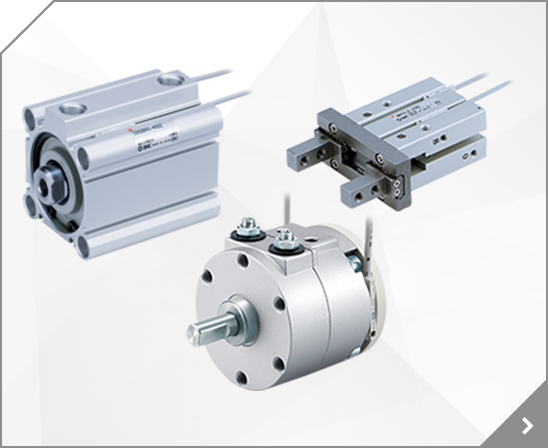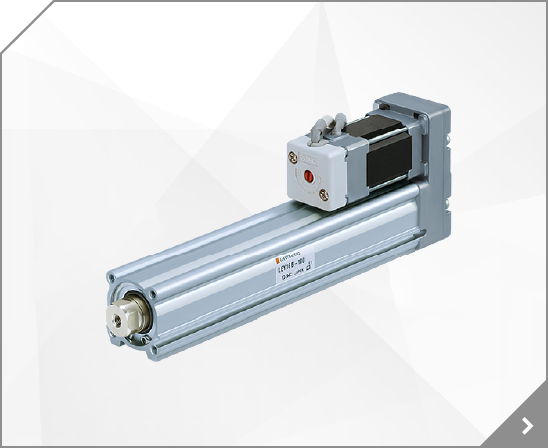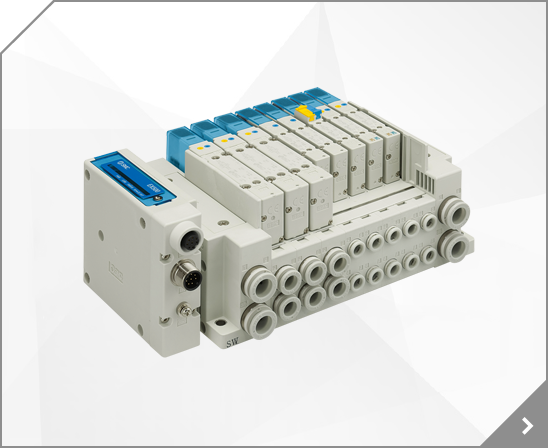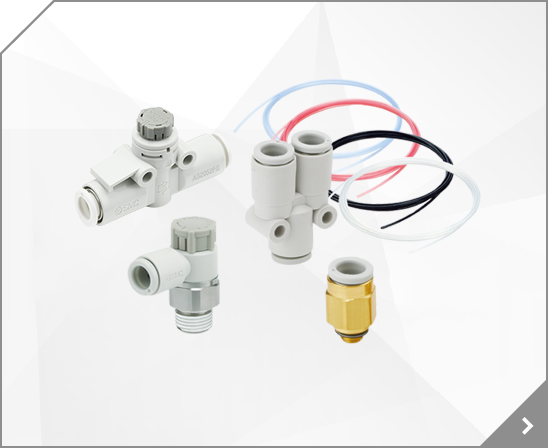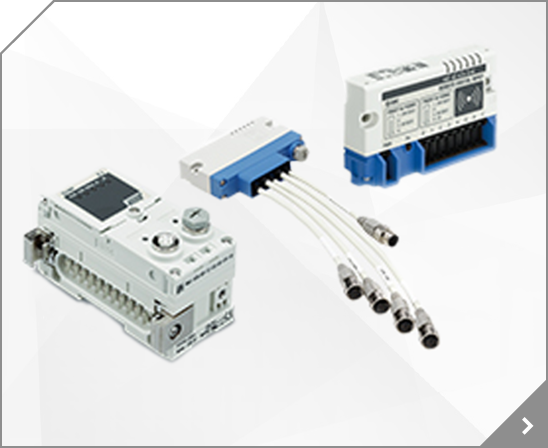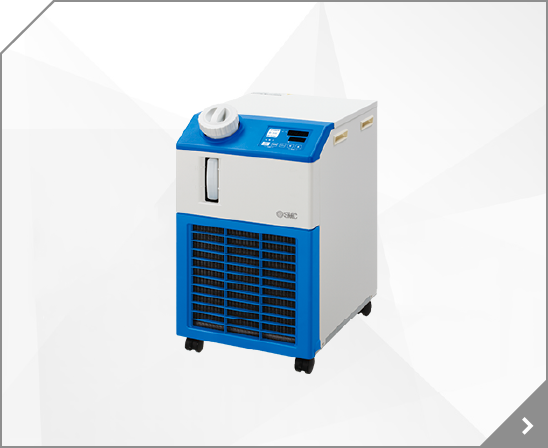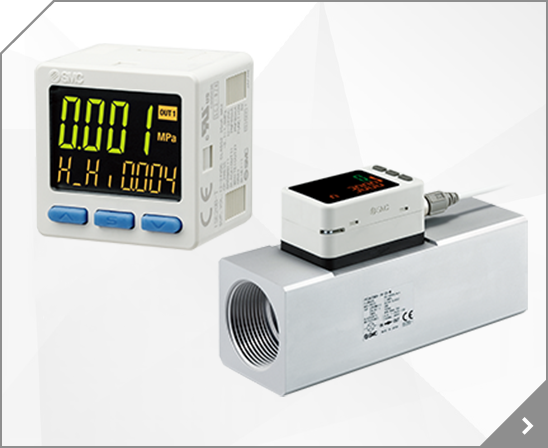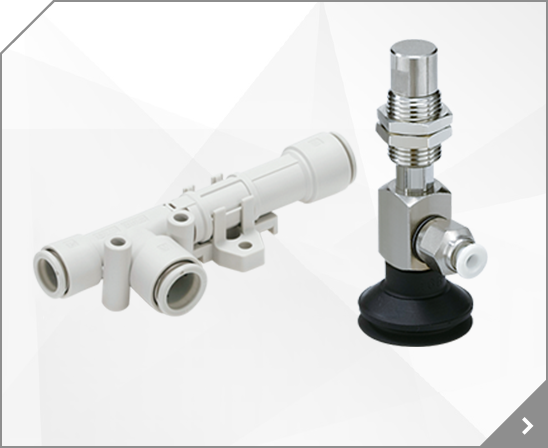
The variations eliminate copper (Cu) and zinc (Zn) material where possible, making them compatible with secondary battery manufacturing for electronics, automotive, and other vehicle types.
The variations eliminate copper (Cu) and zinc (Zn) material where possible, making them compatible with secondary battery manufacturing for electronics, automotive, and other vehicle types.
The variations eliminate copper (Cu) and zinc (Zn) material where possible, making them compatible with secondary battery manufacturing for electronics, automotive, and other vehicle types.
Design goals include eliminating copper (Cu) and zinc (Zn) materials where possible, and employing a low dew point grease that retains lubricity even in low manufacturing temperatures. Please note that copper and zinc materials are used for the motors, cables, controllers and drivers.
The variations eliminate copper (Cu) and zinc (Zn) material where possible, making them compatible with secondary battery manufacturing for electronics, automotive, and other vehicle types. Bore sizes: 6, 10, 16, 20 mm; Special (non-standard) porting option; Rubber bumpers; Auto switch capable; Series 25A-MXH is compatible with secondary battery applications
The variations eliminate copper (Cu) and zinc (Zn) material where possible, making them compatible with secondary battery manufacturing for electronics, automotive, and other vehicle types.
The variaitons eliminate copper (Cu) and zinc (Zn) material where possible, making them compatible with secondary battery manufacturing for electronics, automotive, and other vehicle types.
The variations eliminate copper (Cu) and zinc (Zn) material where possible, making them compatible with secondary battery manufacturing for electronics, automotive, and other vehicle types.
The series CU free mount cylinder rod end jam nut. Accessory: rod end nuts; Material: carbon steel; Applicable bore (mm): 6, 10, 16, 20, 25, 32
The variations eliminate copper (Cu) and zinc (Zn) material where possible, making them compatible with secondary battery manufacturing for electronics, automotive, and other vehicle types.
The variaitons eliminate copper (Cu) and zinc (Zn) material where possible, making them compatible with secondary battery manufacturing for electronics, automotive, and other vehicle types.
Design goals include eliminating copper (Cu) and zinc (Zn) materials where possible, and employing a low dew point grease that retains lubricity even in low manufacturing temperatures. Please note that copper and zinc materials are used for the motors, cables, controllers and drivers.
The variations eliminate copper (Cu) and zinc (Zn) material where possible, making them compatible with secondary battery manufacturing for electronics, automotive, and other vehicle types.
These variations eliminate copper (Cu) and zinc (Zn) material where possible, making them compatible with secondary battery manufacturing for electronics, automotive, and other vehicle type. Plug-in connector connecting base; Side or bottom ported; Available with external pilot; One-touch fittings; Material restriction: Copper and Zinc Free
The variaitons eliminate copper (Cu) and zinc (Zn) material where possible, making them compatible with secondary battery manufacturing for electronics, automotive, and other vehicle types.
The variaitons eliminate copper (Cu) and zinc (Zn) material where possible, making them compatible with secondary battery manufacturing for electronics, automotive, and other vehicle types. Miniature free mount; Space saving compact cylinder; Available in 6mm to 20mm bore size; Series 25A-CUJ is compatible with secondary battery applications
The variations eliminate copper (Cu) and zinc (Zn) material where possible, making them compatible with secondary battery manufacturing for electronics, automotive, and other vehicle types. Bore sizes (mm): 6 10, 15, 20, 25, 32; Stroke lengths up to 100mm; Auto switch capable; Series 25A-CXSJL is compatible with secondary battery applications
These variations eliminate copper (Cu) and zinc (Zn) materials where possible, making them compatible with secondary battery manufacturing for electronics, automotive, and other vehicle types.
The variations eliminate copper (Cu) and zinc (Zn) material where possible, making them compatible with secondary battery manufacturing for electronics, automotive, and other vehicle types.
These variations eliminate copper (Cu) and zinc (Zn) material where possible, making them compatible with secondary battery manufacturing for electronics, automotive, and other vehicle type.
